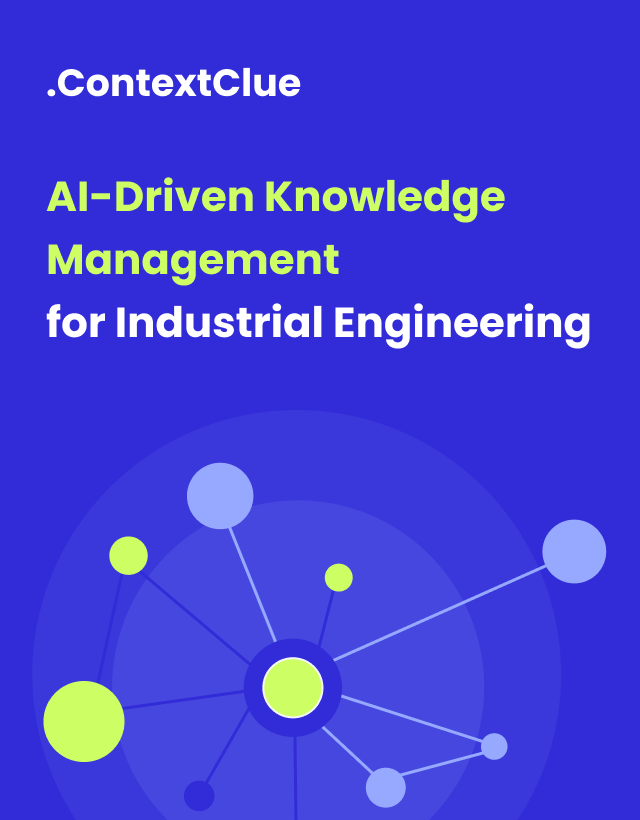
February 26, 2025
MLOps: What is it and How to implement it?
Author:

CEO & Co-Founder
Reading time:
3 minutes
Machine learning is revolutionizing industries, but managing ML models in production can be complex. MLOps bridges the gap between development and deployment, ensuring seamless machine learning operations. This guide covers MLOps fundamentals, its differences from DevOps, implementation levels, and real-world use cases.
Key Takeaways
- MLOps (Machine Learning Operations) unifies machine learning system development and operations, streamlining AI deployment.
- It enhances model quality, simplifies management, and automates large-scale ML workflows.
- Three implementation levels exist: manual process, ML pipeline automation, and CI/CD pipeline automation.
- Companies like Ocado, Revolut, and DoorDash use MLOps for fraud detection, demand forecasting, and operational optimization.
- Investing in MLOps consulting ensures scalable, efficient, and reproducible AI workflows.
What is MLOps?
MLOps (Machine Learning Operations) is a framework that integrates ML system development (Dev) with ML system operations (Ops). It fosters collaboration between business teams, ML engineers, and IT professionals to turn ML models into scalable business solutions.
“MLOps is an ML engineering culture and practice that aims at unifying ML system development (Dev) and ML system operation (Ops).” — Google
The MLOps Process
MLOps enhances model quality, automates deployment, and simplifies management. The process consists of three key phases:
- Application Design – Identifying users, defining the ML solution, and planning development.
- ML Development – Testing feasibility through a proof-of-concept and building a stable production-ready model.
- ML Operations – Deploying models using DevOps principles for scalability and reliability.
MLOps vs. DevOps: Key Differences
While MLOps derives from DevOps, key differences exist:
- Continuous Integration (CI) involves not only code validation but also data and model validation.
- Continuous Delivery (CD) requires managing entire ML systems rather than individual services.
- Continuous Testing (CT) ensures model performance through ongoing validation and monitoring.

Source: medium.com
How to Implement MLOps
There are three MLOps implementation levels:
1. MLOps Level 0 (Manual Process)
- Suitable for beginners with infrequent model updates.
- All steps, including data preparation and model training, are done manually.

Source: towardsdatascience.com
2. MLOps Level 1 (ML Pipeline Automation)
- Enables continuous learning through automated pipelines.
- Useful for dynamic environments requiring frequent model adjustments.

Source: towardsdatascience.com
3. MLOps Level 2 (CI/CD Pipeline Automation)
- Automates CI/CD for rapid retraining and deployment.
- Ideal for tech companies needing real-time updates at scale.
Real-World MLOps Use Cases
Ocado – Fraud Detection
Ocado, an online supermarket, uses MLOps to prevent fraudulent transactions in its order management system.
Revolut – Transaction Monitoring
The fintech company employs MLOps for real-time fraud detection, leveraging Google Cloud Stack Driver and Kibana to monitor alerts and fraud rates.
DoorDash – Optimization & Forecasting
MLOps powers DoorDash’s:
- Demand-supply balancing
- Delivery time prediction
- Dynamic pricing
- Seller recommendations
- Search ranking algorithms
Conclusion: Why Invest in MLOps Consulting?
MLOps enhances AI-driven decision-making, scalability, and operational efficiency. Implementing MLOps ensures reproducibility, streamlined workflows, and high-precision models. Consulting with MLOps experts can accelerate adoption and maximize business impact.
![]()
Addepto is a professional and experienced AI experts that can support your company in the field of consulting and implementation of MLOps solutions. Don’t hesitate to contact us!
Category:






